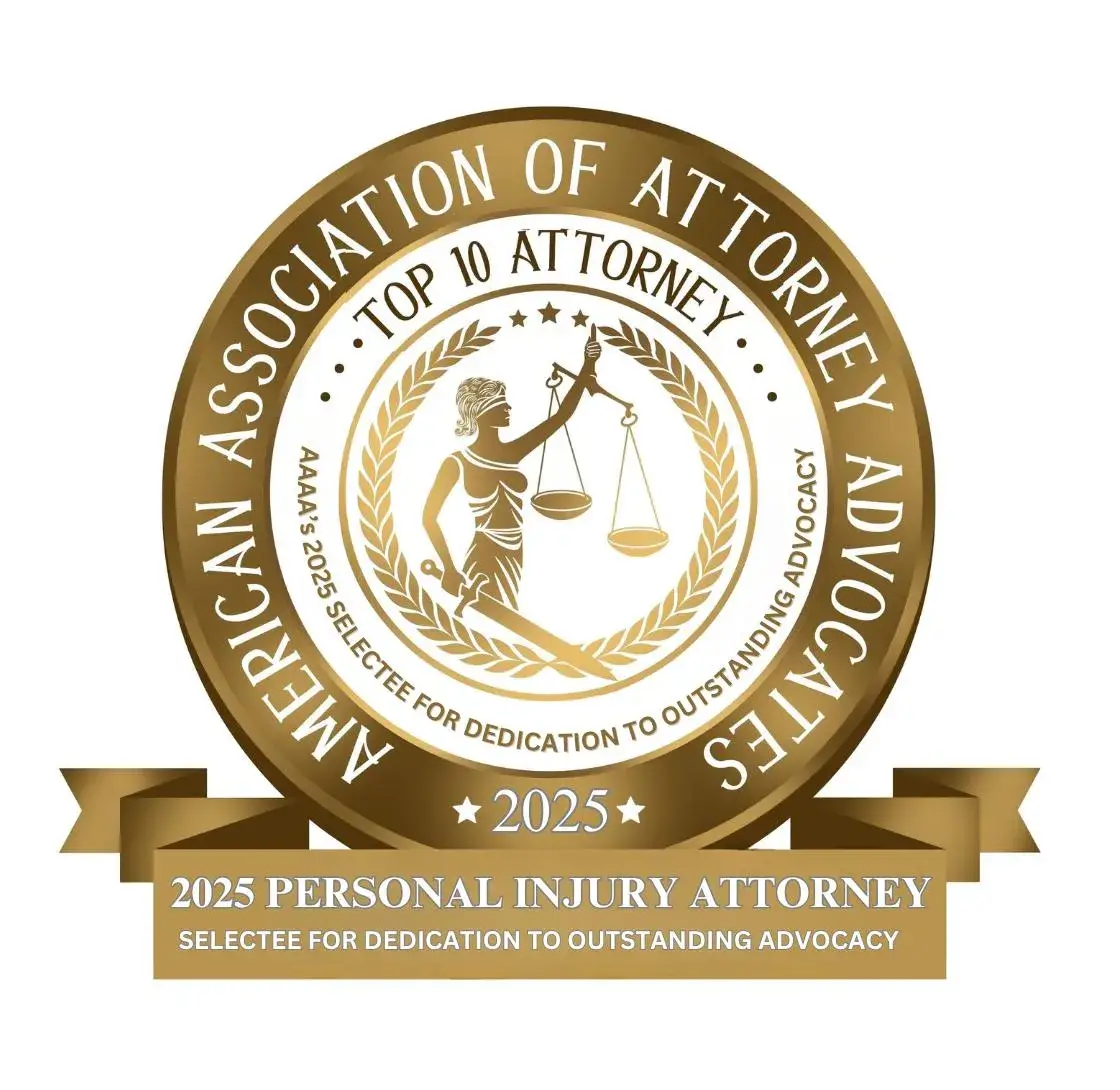The Art of Managing Construction Risks
There are many ways to have a successful, completed construction project when one puts their mind to it. However, like any projects we encounter in life, there are things that could get in the way of overall success. A successful construction project is typically one that is finished on time, on budget, and without any defects. An owner must assess the risks of the job before they take on their large project and effectively manage it from start to finish.
Cost Overruns
Unfortunately, before every construction project, estimated costs are thrown together and do not always go as planned. The owner takes special precautions in many cases to engage with the design team, set a budget, and receive their set of plans so they know the direction in which things are headed at all times. However, before most projects even begin, owners will get the disheartening news that their budget has already gone over in a prediction and that they will be looking at much more work and larger costs than they had initially expected. But how can one minimize the likelihood of cost overruns?
Project designers will sometimes be left in charge for initial cost estimations; however, they may not be as skilled in cost estimating as they are in other areas and these cost estimates are not always guaranteed to be exact. Overruns may also occur when design or construction errors are discovered in the field, which will require redesign or repairs. There are many different ways to minimize cost overruns, including:
- Establishing a firm budget and direct the architect and engineers to design to that budget
- Obtain independent cost estimates as the design progresses
- Delete if the bids come in too high, and add if the bids are lower than expected
- Peer review the design, which involves an architect or engineer to review plans in an effort to uncover any errors
- Have a qualified contractor evaluate the plans for constructability before construction actually begins
Design and Construction Defects
Defects in design and construction are a common thing that could affect the overall performance of a structure and cause severe impacts. Here are some types of construction defects that may occur:
- Deviations from plans and specifications
- Failure to follow manufacturers’ or industry guidelines
- Functional defects
- Failure to meet performance criteria
- Building code violations
- Sudden failures
Minimizing Design and Construction Defects
Plan errors should always be eliminated to minimize defects. This includes the owner taking measures to assure that the project plans are as complete and error-free as possible. These tactics are usually the same ones that minimize the risk of cost overruns as previously mentioned.
Owners should also always consider regularly reviewing construction activities using different methods. An owner must always remain informed about issues and conflicts that pose a possibility in the field as a project is taking place. Owners should also seek to identify and resolve all issues before the team moves on, so that potential problems do not turn into something much larger. (1)
An owner should always be aware of what is happening within the team that is working on their project. All parties involved in the construction process should have an interest in being on time with performance and payment. The longer that a job takes all who are working together to complete it, the higher the costs are going to be and the greater the potential for litigation. There have been cases in the past where projects have not been taken as seriously as expected and a claim came from it. For instance, a case took place known as Jerry Bennett Masonry, Inc. v. Crossland Constr. Co., 171 S.W.3d 81, 92 (Mo. Ct. App. 2005), where the court upheld significant delay damages against a subcontractor who failed to live up to his obligation under the subcontract to staff the job and created more delays in the project. One maintains the right to seek compensation if they are taken advantage of and these risks should always be known throughout the process of a project. (2)



















